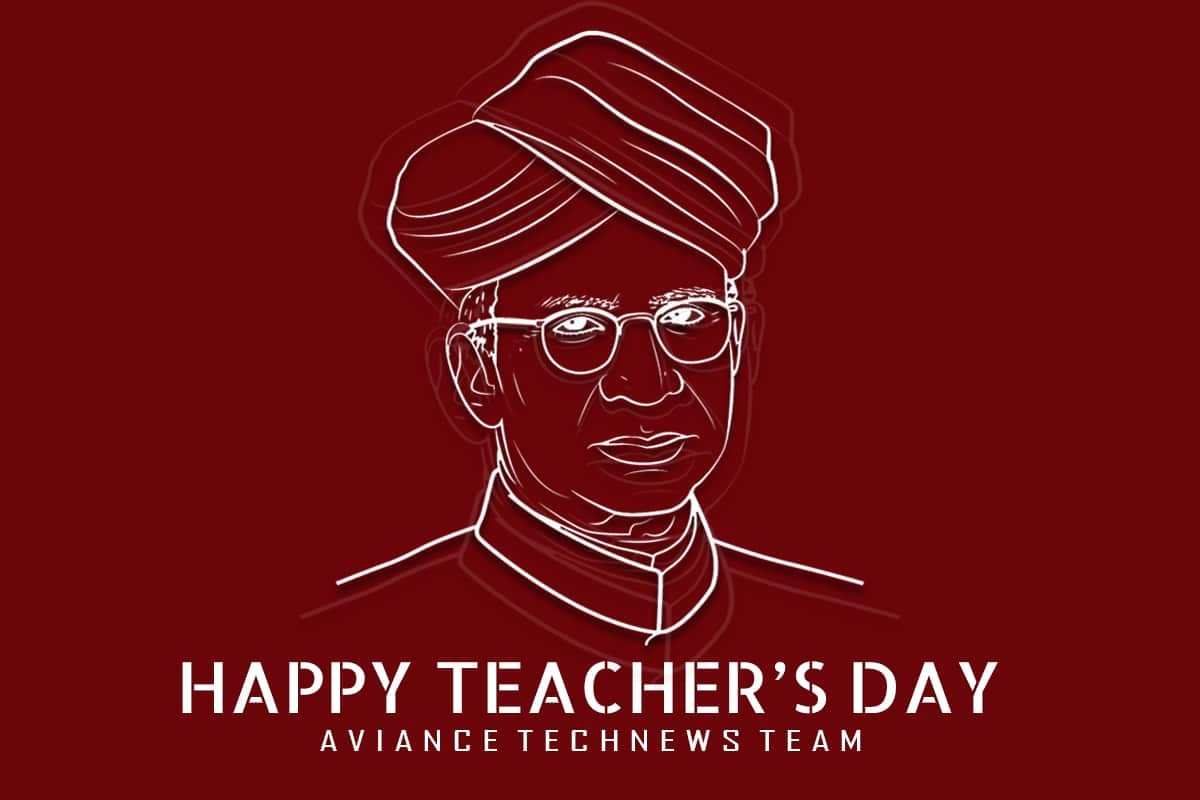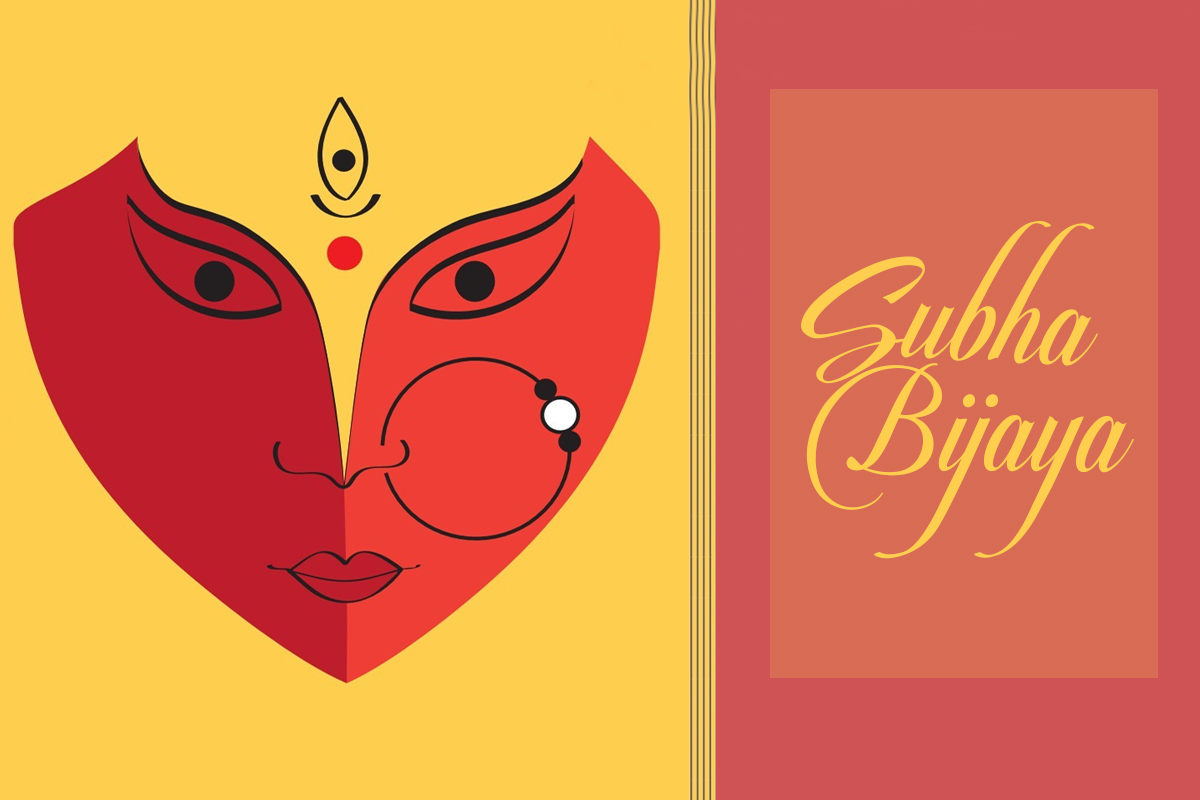Durga Puja 2020
Durga Puja 2020 will be celebrated in the month of October with Mahalaya on 17 September and Maha Panchami on 21 October. Durga Puja celebrates the ten-armed mother goddess and her victory over the evil buffalo demon Mahishasura. While celebrated across India, In West Bengal, Assam and Tripura, it is the biggest festival of the year and the most significant cultural event in Bengali Hindu society. Durga Puja is a ten-day festival, even though it is the latter five days that are recognized and celebrated. The last five days being special festivals that are reflected in public holidays in some states in India. The pandals are beautifully decorated with a certain theme. The streets are crowded with people who are out to see the pandals and the idols of the goddess Durga.
Significance of Durga Puja
As per Hindu mythology, the festival marks Goddess Durga’s visit to her natal home along with her children. Durga Puja is preceded by Mahalaya, which marks the beginning of Durga’s journey to her home. The actual puja starts from “Maha Sashthi” or the sixth day where devotees welcome the Goddess with pomp and gusto. On this day, Durga’s deity is unveiled in front of the public. Several rituals are performed while the “dhakis” keep the mood and spirit of the puja alive by playing the “dhak”—a kind of drum that’s associated with the puja and Bengali culture.
The 7th day marks the commencement of “Maha Saptami”. On this day, just before dawn, a banana tree is immersed in the water as a part of the ritual. After the ceremonial bath, the tree or “Kola Bou” (as called in Bengali) is draped in a saree, usually a red-bordered one, and placed on the right-side of Ganesha, thereby implying that “Kola Bou” is actually the bride of Ganesha. However, several cultural revisionists and historians have different views on this as some believe that “Kola Bou” is another representation of Durga. Hence, they refute the theory that “Kola Bou” is the bride of Ganesha.
Another different view is that “Kola Bou” is a symbolic representation of nine types of plants that form a sacred complex. Priests tie a bunch of eight plants on the trunk of the banyan tree before performing the ritual. The nine different leaves combined together form “Kola Bou”—often considered as the plant form of Durga.
“Maha Ashtami” marks the 8th of the puja and is considered as the day when the Goddess defeated “Mahisasura”. Prayers are offered in the form of “Anjali” while feasts are organized in different localities. Khichdi and other delicacies are prepared on this day.
The 9th day is dubbed as “Maha Navami”. As soon as the “Sandhi Puja” ends, Maha Navami commences. Maha Aarti is performed as a closing ritual. Huge queues are common on this day as people flock in to take part in “Maha Aarti”.
The 10th day or “Maha Dashami” marks the final day of Durga Puja. On this day, Durga and the other deities are immersed in the river Ganga. Before the immersion, married women take part in “Sindoor Khela” where they smear vermillion on each other’s faces. On the day of immersion, also called “Visarjan”, huge processions are common. People dance and cheer on the road to celebrate the spirit of the puja. After the immersion, a typical custom is followed where people visit their relatives’ houses to wish “Bijoya Dashami”.
How is Durga Puja celebrated?
Schools, colleges, and government offices are closed during the puja. People indulge in shopping for the puja just after Mahalaya. During this time of the year, most shops offer discounts on clothes and other products. On “Maha Ashtami” men usually wear Kurta Pajamas while women drape themselves in sarees.
Cultural events are organised in different localities while puja organisers compete against each other through theme-based puja pandals. The beauty of Durga Puja is that every pandal has a story to tell through its art and décor. People stand in queues just to enter the pandal so that they can enjoy the magnificent artwork and décor.
Food stalls are set up in every nook and corner while special Durga Puja dishes are prepared in restaurants. Streets are decorated with different lights to capture the festive mood. More police personnel are deployed than the usual to keep the traffic under control.
Durga Puja is the biggest festival for the Bengali community. Other than the celebrations, the festival calls for a family get-together. It’s a time when people bridge their differences and come together to celebrate unity. To be precise, Durga Puja transcends the boundaries of religion and celebrates the spirit of humanity.
Festive Traditions and Activities
Many exciting festive activities are organised on the eve of the festival of Durga puja. Some of these are:
- Setting up of ‘pandals’: A ‘Pandal’ is a place where the idol of Goddess Durga is kept. All the rituals and prayers take place inside the pandal. Magnificent pandals are set up before the puja begins. Architecture of the world’s most famous buildings is replicated. New designs are also laid out.
- Street food stalls: Alongside pandals, many food stalls are set up which sell a variety of street foods ranging from golgappas to bajjis and samosas.
- Shopping: As per tradition, in some of the states such as West Bengal, people wear new dresses every day.
Detailed Information about the Festival of Durga Puja
Durga puja is one of the mostly grandly celebrated festivals in the country with the celebrations carrying over for more than a week. Each day has its own special meaning and different activities are carried out every day. Some of these are:
- Maha Shashti: As per mythology, Maha Shashti is known as the day when Goddess Durga landed on earth with her 4 children: Goddess Saraswati, Goddess Laxmi, Lord Ganesha, and Lord Kartikeya. On the eve of Maha Shashti, the face of the idol of Goddess Durga is unveiled. The rituals performed on the day are ‘Amontron, ‘Bodhon’ and ‘Adhibash’. Drums known as ‘Dhaak’ are banged to signal the arrival of Goddess Durga everywhere.
- Maha Saptami: On the eve of Maha Saptami, the Maha puja is performed. Just before the sun rises, a banana tree is submerged in holy water and then it is covered with a new sari just like a newlywed woman. This ritual is known as ‘Kola bou’ or ‘Nabapatrika’. The banana tree is kept with the idol of Goddess Durga. Nine plants are also kept which represent the 9 forms of Goddess Durga.
- Maha Ashtami: As per mythology, Maha Ashtami is believed to be the day when Goddess Durga killed Mahishasura, also known as the ‘Buffalo devil’. In the olden days, a buffalo was sacrificed to mark the occasion. Hymns are chanted in Sanskrit and people offer their prayers. The prayers are known as ‘Anjali’. Girls that are less than 9 years are depicted as Goddess Durga and are worshipped. This ritual is known as ‘Kumari puja’. After this, the ‘Sandhi puja’ is performed.
- Maha Navami: After the ‘Sandhi puja’ ends, Maha Navami starts. The ‘Maha arati’ is performed on the eve of ‘Maha Navami’. This is followed by the organising of recreational activities after which the ‘bhog’ is served to everyone.
- Maha Dashmi: On the eve of Maha Dashami, the idol of Goddess Durga is immersed in the holy water of river Ganges. Before the immersion, processions are carried out by the worshippers on trucks with the beating of drums which is accompanied by singing and dancing. During the procession, women that are married throw vermillion on each other. In the evening, people visit each other’s houses and wish ‘Vijoy Dashmi’. Special food dishes are also prepared.
Durga Puja 2020 Dates
Shashthi: Thursday, 22 October
Saptami: Friday, 23 October
Ashtami: Saturday, 24 October
Navami: Sunday, 25 October
Vijaya Dashami: Monday, 26 October
Durga Puja 2021 Dates
Shashthi: Monday, 11 October
Saptami: Tuesday, 12 October
Ashtami: Wednesday, 13 October
Navami: Thursday, 14 October
Vijaya Dashami: Friday, 15 October
Reference: BankBazaar







